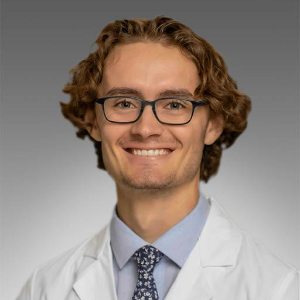Title : Digital stethoscopes attachment for longitudinal auscultation analysis
Abstract:
Introduction/Background: Digital stethoscopes enhance the diagnostic power of auscultation through noise cancellation, waveform analysis, telehealth integration, and collaborative potential. Unfortunately, current products lack a cost-effective solution for synchronized listening for large care teams in both clinical and educational settings due to computing costs and degraded sound quality. In addition, current technologies isolate acquired information to the device and user, which prevents long term utilization for chronically progressing diseases. To address this need, we introduce a WebRTC and P2P (Peer-to-Peer) digital attachment for common stethoscopes with efficient broadcasting functionality for up to fifty simultaneous users and potential EHR integration capabilities.
Methods/Approach: The device’s hardware consists of a modified MEMS microphone that attaches to any commercially available stethoscope. A bluetooth module transmits the auscultatory sounds to a primary user’s mobile device for broadcasting. The software uses WebRTC, a real-time communication protocol, and a Signaling server hosted by Google Firebase to initiate a connection between all team members. Auscultatory data can be directly transmitted for simultaneous listening using a P2P scheme and/or recorded and stored securely on the primary user’s device for documentation and further processing. A P2P scheme does not store auscultation data on a remote computer or server, thereby minimizing HIPAA complexity. An IOS application integrates the system into one intuitive interface.
Results/Data: After constructing a working prototype, the apparatus was tested in a simulated environment and auscultatory sounds were successfully transmitted to twenty simultaneous independent users. Loss in quality due to compression was negligible and transmission latency did not exceed one second.
Conclusions: Preliminary tests demonstrated the potential of our prototype to improve care by allowing large teams to listen simultaneously to an auscultatory exam without compromising sound quality or latency. This device has significant potential for use in training environments, where students or residents can connect and listen to an instructor’s stream during a physical exam in-person, remotely, or on a recording. Future steps include data security testing, integration of auscultatory data with an EMR system, testing in a clinical setting, and creation and deployment of a downloadable app.
Audience Take Away Notes
- Over the last century, the stethoscope has become a victim of modern technologies such as EKG’s, Echo’s and CT scans which have caused the art of auscultation to dwindle into a dying practice. The release of modern electronic stethoscopes have combated this decline to an extent, but they are expensive and the information they gather remains static and difficult to compare between visits due to a lack of long term storage and analysis tools. In addition, they can be expensive which is a deterrent to implementation.
- This device will allow for information to be collected and stored with the patient's EHR for long term analysis. It will also cut costs for the user by allowing medical personnel to use their own stethoscopes rather than buy an expensive digital stethoscope which is a barrier to entry for the implementation of advanced stethoscope technologies.
- This device will double down on the importance of yearly wellness visits with your family practice physician by reinstating and amplifying the usefulness of the stethoscopic exam. This will enable the physician to track the progression of long term diseases more effectively.
- Additionally, this type of technology makes transmission to the patient or other parties for teaching purposes very simple, and such utilization could serve as a viable entry point for an introduction to point-of-care usage.



